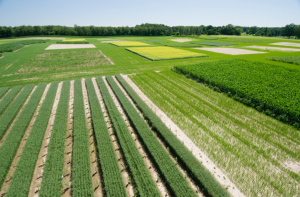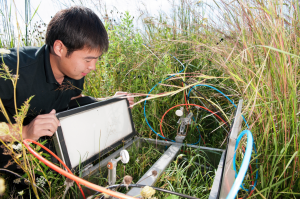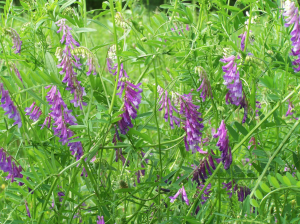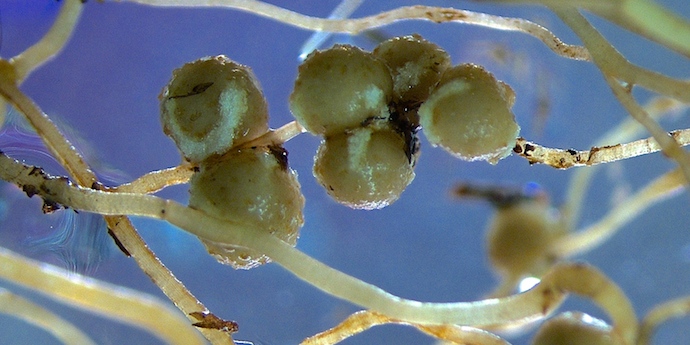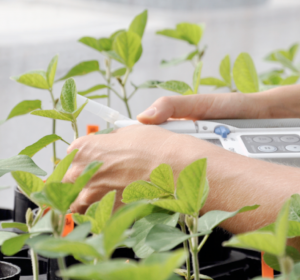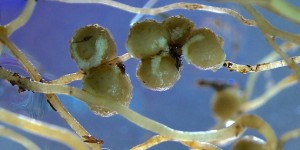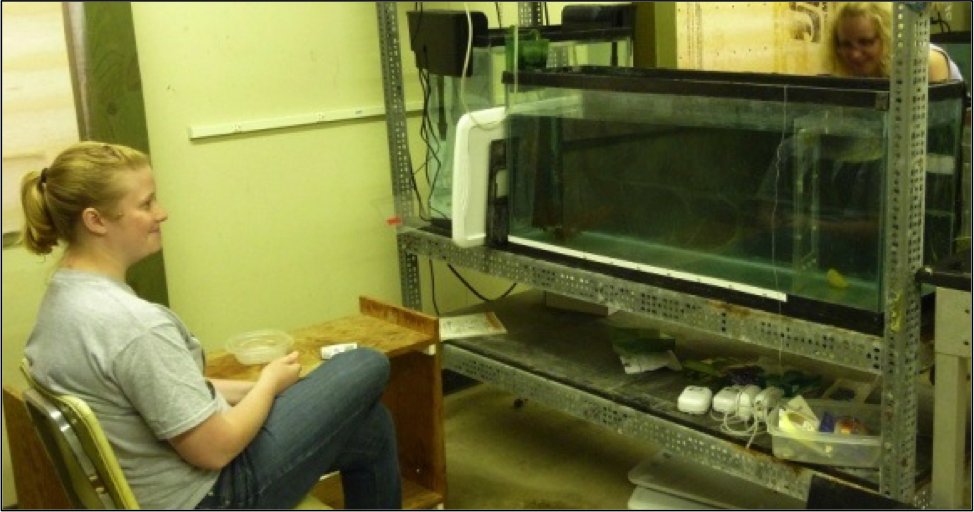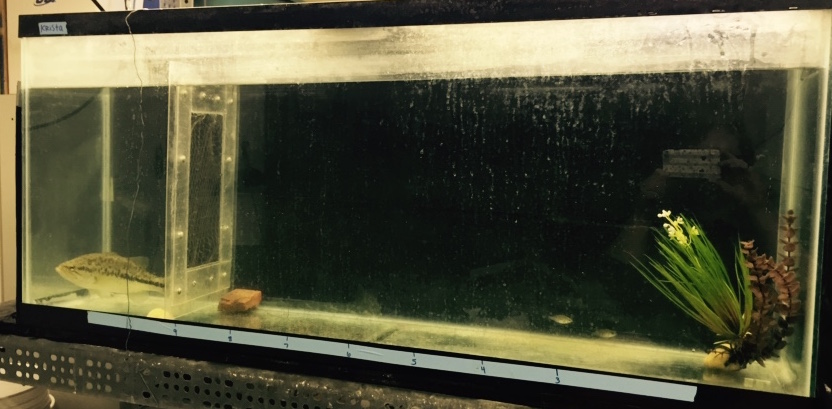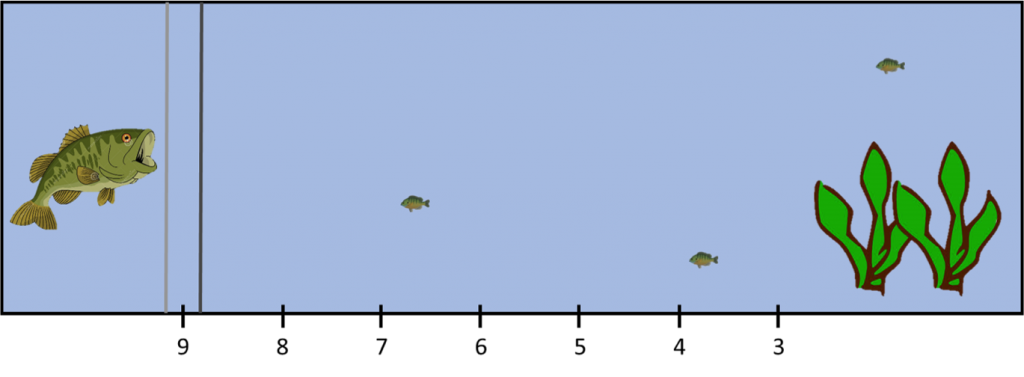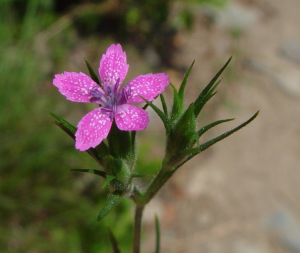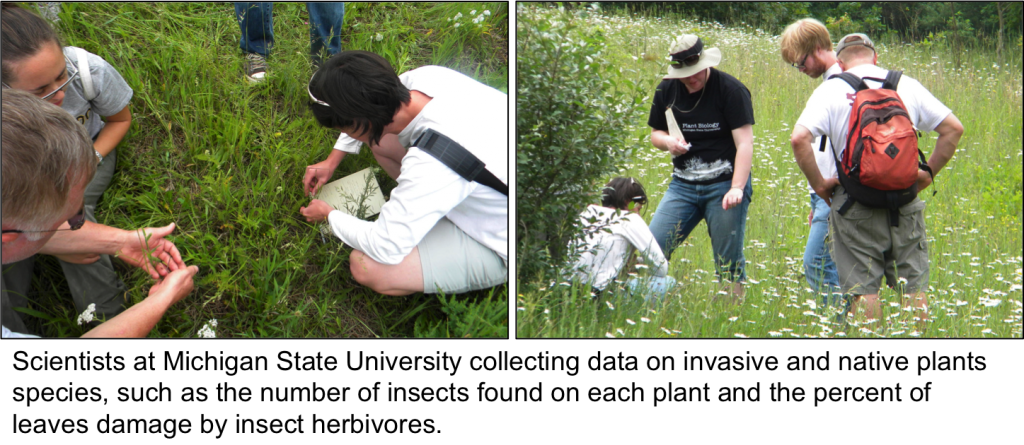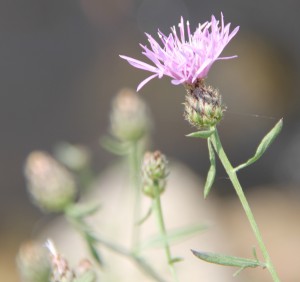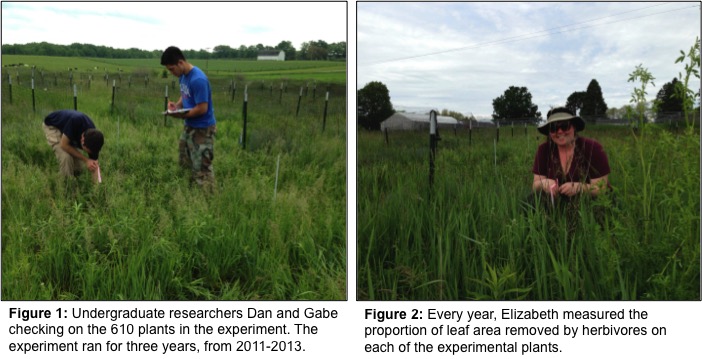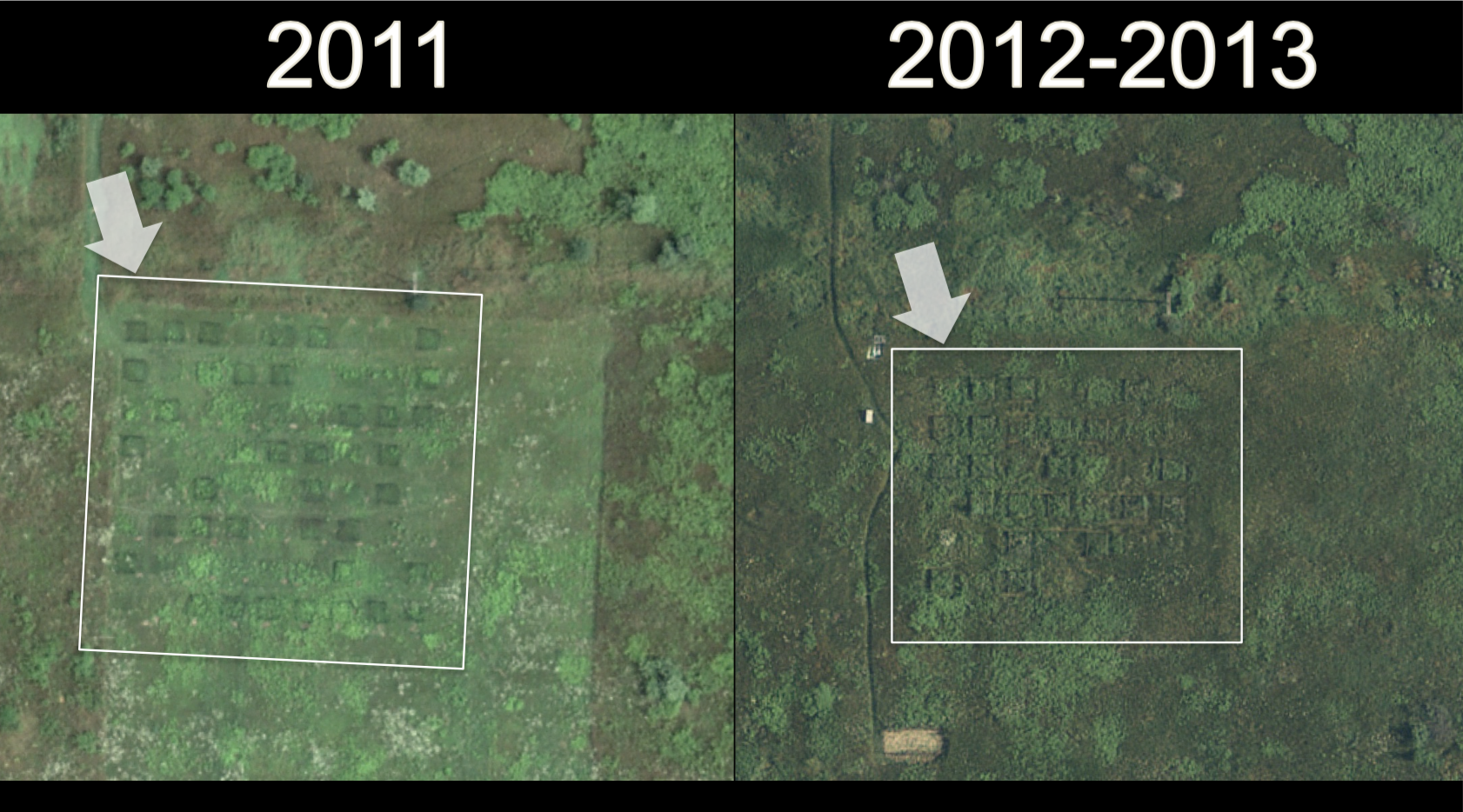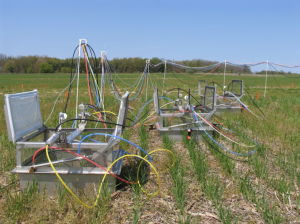
Measuring nitrogen (N2O) gas escaping from the soil in summer. Photo credit: Julie Doll, Michigan State University
The activities are as follows:
- Teacher Guide
- Student activity, Graph Type A, Level 3
- Student activity, Graph Type B, Level 3
- Student activity, Graph Type C, Level 3
- Grading Rubric
If you dig through soil, you’ll notice that soil is not hard like a rock, but contains many air pockets between soil grains. These spaces in the soil contain gases, which together are called the soil atmosphere. The soil atmosphere contains the same gases as the atmosphere that surrounds us above ground, but in different concentrations. It has the same amount of nitrogen, slightly less oxygen (O2), 3-100 times more carbon dioxide (CO2), and 5-30 times more nitrous oxide (N2O, which is laughing gas!).
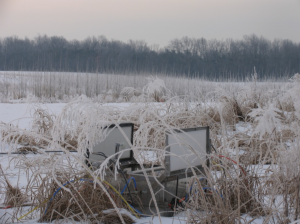
Measuring nitrogen (N2O) gas escaping from the soil in winter. Photo credit: Julie Doll Michigan State University.
Nitrous oxide and carbon dioxide are two greenhouse gasses responsible for much of the warming of global average temperatures. Sometimes soils give off, or emit, these greenhouse gases into the earth’s atmosphere, adding to climate change. Currently scientists are working to figure out why soils emit different amounts of these greenhouse gasses.
During the summer of 2010, Iurii and his fellow researchers at Michigan State University studied nitrous oxide (N2O) emissions from farm soils. They measured three things: (1) the concentration of nitrous oxide 25 centimeters below the soil’s surface (2) the amount of nitrous oxide leaving the soil (3) and the average temperature on the days that nitrous oxide was measured. The scientists reasoned that the amount of nitrous oxide entering the atmosphere is positively associated with how much nitrous oxide is in the soil and on the soil temperature.
Featured scientist: Iurii Shcherbak from Michigan State University
Flesch–Kincaid Reading Grade Level = 9.2
More information on the research associated with this Data Nugget can be found here.
Data associated with this Data Nugget can be found on the MSU LTER website data tables under GLBRC Biofuel Cropping System Experiment. Bioenergy research classroom materials can be found here. More images can be found on the LTER website.

